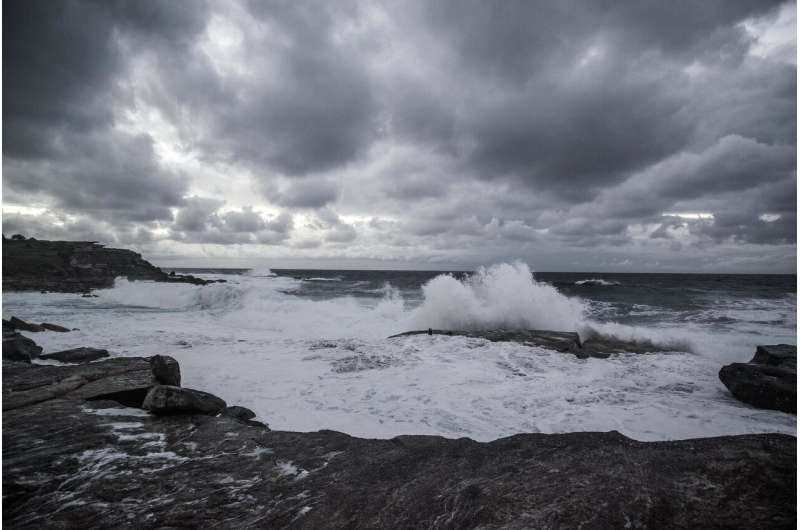Why does El Niño decay faster than La Niña?

Warm and cold phases of El Niño-Southern Oscillation (ENSO) exhibit a significant asymmetry in their decay speed. Generally, El Niño tends to turn into a La Niña event in the following June-July after its mature phase; however, the negative sea surface temperature anomaly (SSTAs) associated with La Niña events can persist for more than one year after peaking, resulting in a longer duration than that of El Niño.
Aimed at this problem, the research group of Prof. Renhe Zhang proposed the effect of intraseasonal oscillation over the equatorial western Pacific on El Niño and La Niña asymmetric decay by using observation and reanalysis data, and further verified this process in an ocean general circulation model.
"The difference in intraseasonal oscillation intensity brings about the asymmetry of zonal wind anomalies over the equatorial western Pacific during El Niño and La Niña decay phases," says the corresponding author of this study, Prof. Zhang, the Dean of the Department of Atmospheric and Oceanic Sciences Institute of Atmospheric Sciences of Fudan University, "and the asymmetric zonal wind anomalies over the equatorial western Pacific result in asymmetry in El Niño and La Niña decay phases."
More information: Xiaomeng Song et al, Influence of Intraseasonal Oscillation on the Asymmetric Decays of El Niño and La Niña, Advances in Atmospheric Sciences (2019). DOI: 10.1007/s00376-019-9029-6
Provided by Chinese Academy of Sciences




















